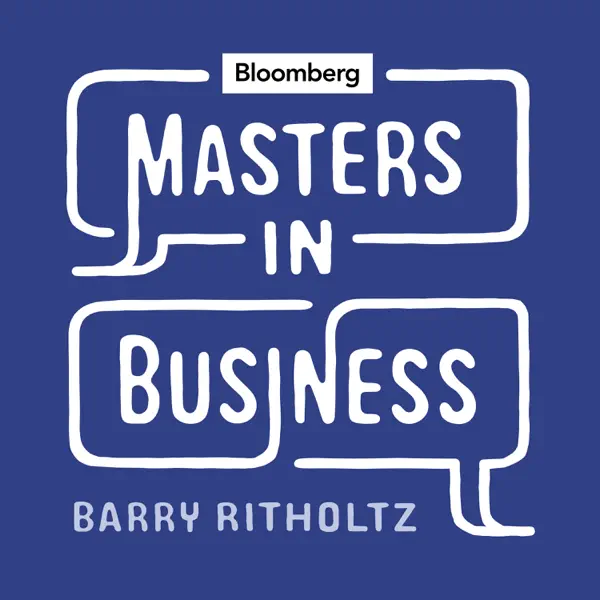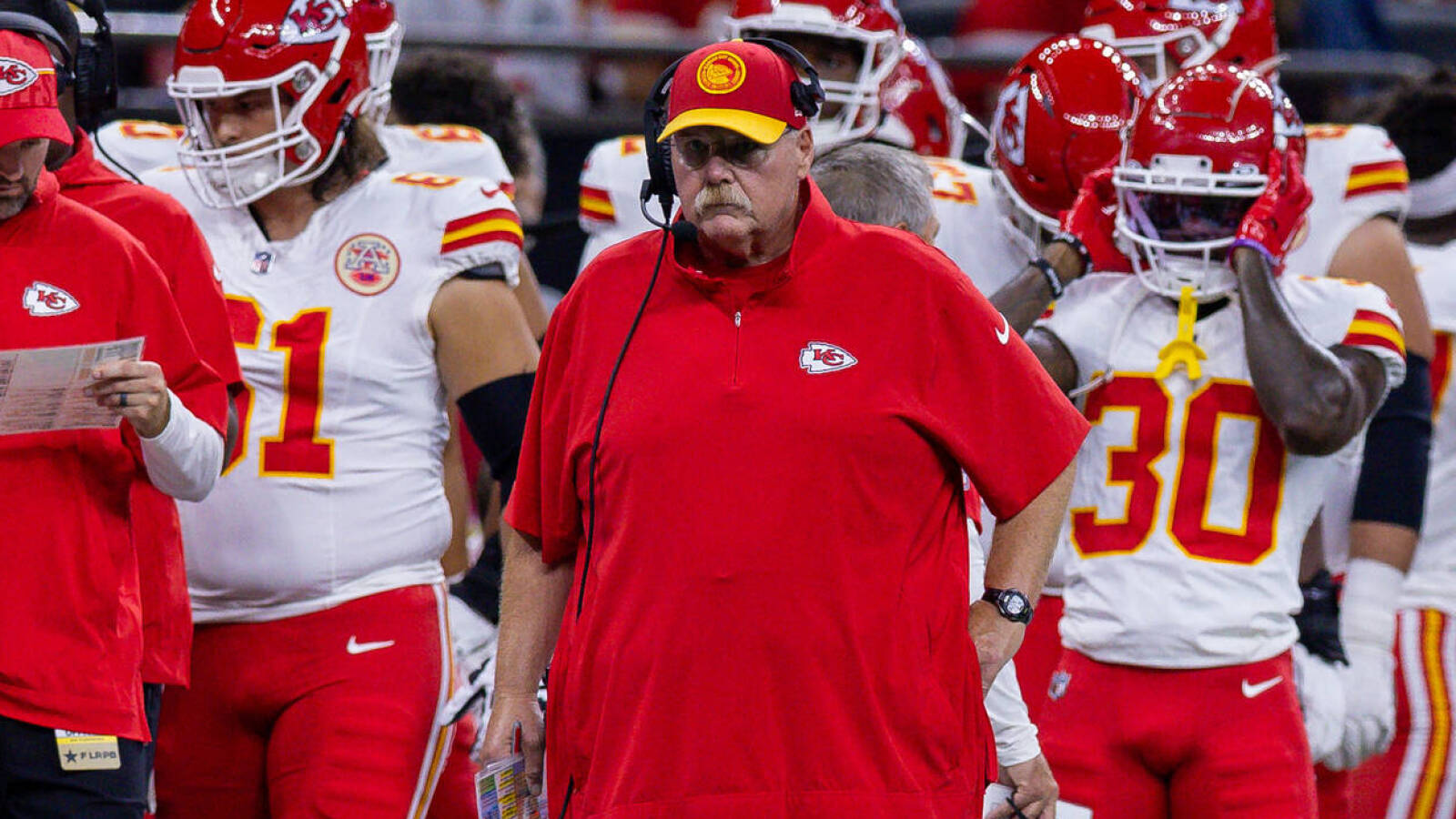The Bureau of Economic Analysis (BEA) defines GO as “a measure of an industry’s sales or receipts, which can include sales to final users in the economy (GDP) or sales to other industries (intermediate inputs). Gross output can also be measured as the sum of an industry’s value added and intermediate inputs.”
This means that GO is equal to the value of GDP plus intermediate inputs (II).
Thus, GO = GDP + II (intermediate inputs),
which means that
GDP = GO – II
The BEA has been publishing the gross output statistic, as well as the gross output-by-industry breakdown, every quarter along with GDP since April 2014. In an announcement, BEA director Steven Landefeld stated, “Gross Output provides an important new perspective on the economy and a powerful new set of tools of analysis, one that is closer to the way many businesses see themselves.” He echoed the view of Sir John Hicks (1973) that “The concept of production as a process in time… is the typical business man’s viewpoint, nowadays the accountant’s viewpoint, in the old days the merchant’s viewpoint.”
The Organization for Economic Cooperation and Development [OECD] now publishes GO on an annual basis for 34 countries.
Economists view GO and GDP as complementary measures of aggregate economic activity. In accounting terms, GO is considered the “top line” in national income accounting and GDP is the “bottom line.”
As Dale W. Jorgenson, J. Stephen Landefeld, and William D. Nordhaus (2006) state, “Gross output is the natural measure of the production sector, while net output is appropriate as a measure of welfare. Both are required in a complete system of accounts” (p. 5).
Origin of GO
GO has a long history of development. In The Purchasing Power of Money: Its Determination and Relation to Credit, Interest, and Crises (1912, 1920), Irving Fisher introduced a theoretical measure of “volume of trade.” He did so with his Equation of Exchange, MV = PT. In that equation, M is the money supply, V is the transactions velocity of money, P is the price level, and T is the amount of goods and services transacted. Therefore, PT measures the “volume of trade” in the economy over some time period. PT makes no distinction between the value of final goods (which is measured by GNP [Gross National Product] and GDP) and the value of intermediate goods that are traded in the market. It includes both.
In Prices and Production (1931, 1935), Austrian economist Friedrich A. Hayek introduced a diagram representing the measure of all the various stages of production. This diagram—now known as Hayek’s triangles—was the earliest basis for gross output, even prior to the introduction of GNP or GDP as macroeconomic statistics. However, Hayek did not expand this concept by calculating and measuring statistically the value of gross output.
In the 1930s, Russian-American economist Simon Kuznets of the University of Pennsylvania was the first economist to measure national income. He set out to determine “the size of the final net product.” Kuznets (1934) wrote, “If all the commodities produced and all the direct services rendered during the year are added at their market value, and from the resulting total we subtract the value of that part of the nation’s stock of goods that was expended (both as raw materials and as capital equipment) in producing this total, then the remainder constitutes the net product of the national economy of the year.” Thus, net product focused on final output only. In 1942, Kuznets expanded his “net output” data to measure Gross National Product (GNP).
After the Bretton Woods Agreement of 1944, GNP developed into a benchmark measure for estimating economic growth. Wassily Leontief (1966) expanded on the new concept by developing the first versions of input-output tables. In his view, they were an improved gauge of the overall economy. To formulate I-O accounts, one must examine the production process’s “intervening steps” proceeding from the first inputs to the final outputs and including all the intermediate steps, “a complex series of transactions…among real people.”
This I-O data were the first approximation of gross output. Nevertheless, Leontief’s main focus was on the gross output-by-industry data, which represent, not the aggregate GO, but, rather, the fundamental interactions and relations between and among industries.
In Chapter 6 of Skousen (1990), the author argued that gross output should be the starting point of national income accounting and that it offered a more complete picture of the macroeconomy. He argued also that GO could be integrated into macroeconomic analysis and textbook economics, and that it is more consistent than GNP with leading indicators and other macroeconomic data. In his view, GO and GDP complement each other as macroeconomic tools and both should play a vital role in national accounting statistics, much as top line (sales revenues) and bottom line (earnings, net profits) accounting are employed to providing a complete picture of quarterly earnings reports of publicly traded companies.
Benefits of GO
Some economists offer the following potential benefits of GO:
- 1. GO represents a missing piece of the macroeconomic puzzle. For decades, publicly traded companies have issued quarterly financial statements including the top line (sales/revenues) and bottom line (earnings, net profits). Now, finally, the federal government (the BEA) is reporting both total sales/revenues at all stages of production (GO) and final sales (GDP) along similar lines.
- 2. GO and GDP tell different stories. GO is a more comprehensive measure of total spending in the economy that includes the supply chain. GDP accounts for final output only. GDP accounts for the end product, the “use” economy, but not how we got there. While GDP is a reasonably rough estimate of national living standards, it vastly underestimates the full contributions of business in the “make” economy, that is, the full value of business-to-business transactions that move the supply chain along the intermediate stages of production toward the final production of finished goods and services.
- According to the GDP model, consumption is by far the largest sector of the U.S. economy (around 67% of GDP), thus giving the impression that “consumer spending drives the economy,” a common claim in the financial media.
- However, based on the GO model, consumption represents only about one third of U.S. economic activity, and business spending represents over 60% of total U.S. economic activity. Business spending is almost double the size of consumer spending in the United States.
- 3. GO is more volatile than GDP on a quarter-to-quarter basis and, therefore, a better indicator of the ups and downs of business cycles. For example, during the 2008-09 recession, real GDP fell by 4 percent while real GO fell by over 8 percent. In the recovery stage from 2009 until 2016, real GDP rose by slightly more than 10 percent, while real GO climbed by over 18 percent.
- The data indicate a systematic trend in the relationship between GO and GDP over the length of the business cycle. During the expansion phase, GO tends to grow faster than GDP; during the contraction, GO declines more sharply than GDP; and during the recovery stage, GO tends to grow faster than GDP.
- 4. Some economists consider GO to be a leading indicator of GDP. Ranson (2017) states, “Because gross output includes the supply chain, movements in gross output serve as a leading indicator of movements in GDP’s next quarter.”
Pitfalls of GO
There are also limits of GO and these limits involve the degree of vertical integration of stages of production within firms. If an industry becomes much more vertically integrated so that it produces many inputs and then uses these inputs for final products, actual transactions in the market will fall even though there is just as much intermediate activity. If this happened to many industries at the same time, GO could change substantially even though the amount of intermediate activity did not.
References
Irving Fisher, The Purchasing Power of Money: Its Determination and Relation to Credit, Interest, and Crises (Macmillan: 1912, 1920).
Friedrich A. Hayek, Prices and Production (Routledge, [1931] 1935, 2nd ed.)
John Hicks, Capital and Time (Oxford University Press, 1973).
Dale W. Jorgenson, J. Stephen Landefeld, and William D. Nordhaus, A New Architecture for the US National Accounts (University of Chicago Press and NBER, 2006).
Simon Kuznets, National Income, 1929-1932 (National Bureau of Economic Research, 1934.)
Wassily Leontief, Input-Output Economics. (Oxford University Press, 1966).
David Ranson, “The economy’s supply chain as a timelier guage of its growth,” Economic and Investment Observations. HCWE & Co., June 30, 2022.
Mark Skousen, The Structure of Production (New York University Press, 1990, 2015).
About the Author
Mark Skousen is Presidential Fellow and Doti-Spogli Chair of Free Enterprise, Chapman University.
Related Links














